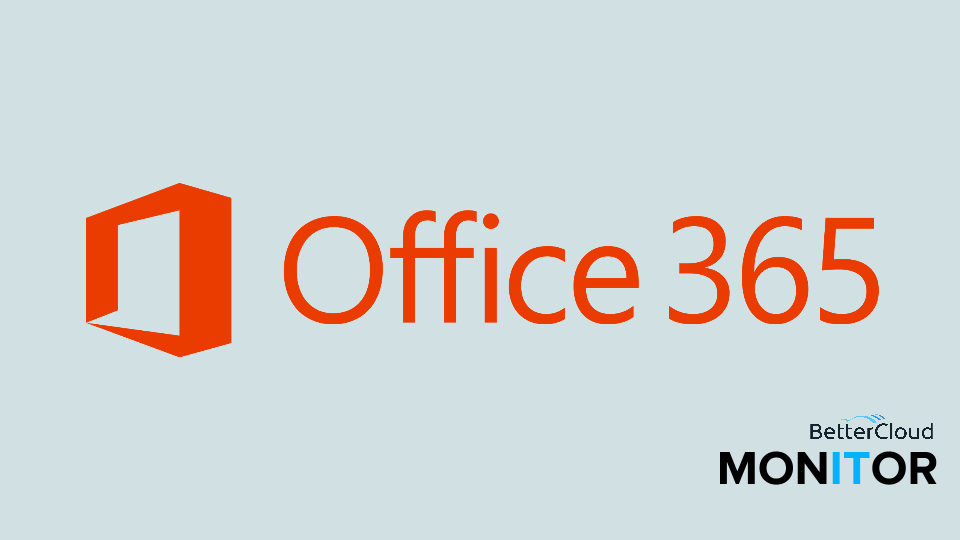Chrome Device Management for Google Apps
2 minute read

Google’s new Chrome Management features, which are exclusive to Google Apps for Business and Education customers, grant you the flexibility to decide who gets access to your organization’s assets from a single, central console.
Similar to Active Directory, but much more user-friendly, this console is accessed from your regular domain management control panel by navigating to Settings, then Chrome Management.
Here, you’re presented with a wealth of options, ranging from things as simple as policy refresh rates to application auditing, password enforcement to geolocation, and even audio/video configuration. The area where we’ll be focusing for now is the Device Settings pane.
The first setting here, Device Enrollment, is where you’ll need to make a crucial choice for your organization. You can choose to let Google do all the heavy lifting by automatically registering devices the first time someone signs into one using your domain, or you can choose to enroll each device by yourself.
If you need to automatically enroll many devices in your organization, test automatic enrollment with a few devices first before deploying it to all devices in your organization.
In the Networks pane, you can choose to configure certain settings for Users and Devices.
You’ll note that you have the option to configure a VPN or a WiFi network for Users. This allows you to pre-configure WiFi networks so that users don’t have to worry about typing in huge network keys.
It also makes changing those network keys a breeze, as any change there will update across all devices in a matter of moments.
Since we’ve got Public Sessions enabled, we have a tab on top where we can configure further options for these sessions.
Here, we can configure access for the public. This is particularly useful if, for instance, you want to set up a Chromebook or Chromebox as an information terminal or other kiosk where people without Google Account credentials would have access.
These settings make it very easy to control exactly what content users will be able to access on your machine. Obviously, this does not override a firewall or web filter, but it certainly helps prevent access to work-unfriendly material.






